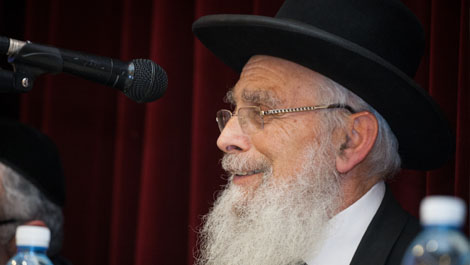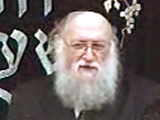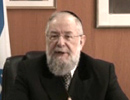Beit Midrash
- Torah Portion and Tanach
- D'varim
- Re'e
This is a puzzling statement by the Torah. Why would the place to worship Hashem not be explicitly identified? Rashi says the place is the Mishkan erected at Shiloh; others, of course, say it clearly is referring to Jerusalem, where the Bet HaMikdash would eventually be built. So what is the point of keeping i a secret?
Our parsha also commands us to destroy any idolatrous places of worship in the Holy Land. We are to "dismantle their altars, smash their pillars, burn their tree-gods (Ashera) and cut down their images." The pasuk says these temples were built "on the high mountains, on the hills and under every leafy tree."
I want to suggest that the Torah is telling us that places of idol-worship were specifically built in beautiful settings, on mountain-tops, rolling hills and amid lush foliage. This was done to create attractive, serene settings that would attract many followers. But the rabbis maintain that the idolaters needed these pastoral trappings because they provided the only attractive element of the rituals conducted there; the actual ceremonies themselves were devoid of any real meaning, any substance, any religious truth. The buildings may have been impressive, but the activity inside was not.
Judaism offers a different approach. While Yerushalayim is mesmerizing ("Ten parts of beauty descended to the world and Jerusalem took nine!"), the Bet HaMikdash is spectacular and many of our shuls are expansive and gorgeous, the real beauty lies in what is practiced there, what is taught there, what is accomplished there - and that's why the Mishkan or Bet HaMikdash's name or location is not emphasized. Even stripped of its aesthetic brilliance, even without its grand architecture or expensive ornamentation, Judaism is intrinsically precious. That is why Hashem famously promises us (Shmot 25:8), "Asu li Mikdash v'shachanti b'tocham - Build me a Holy place and I will dwell there." Be it stunning or store-front, it is the content - and not the concrete - of Torah and Jewish life which fills the sanctuary with meaning and message.
During these past 6 months, as most of us have been home-bound and not attending shul, hopefully we have learned to appreciate Judaism "without all the trimmings," to connect to Hashem and to Shabbat and to our tefilot "l'shma," for what they are in their purest, most unadulterated form. They gift to us a lifestyle that is truly golden, even without the glitter.
























